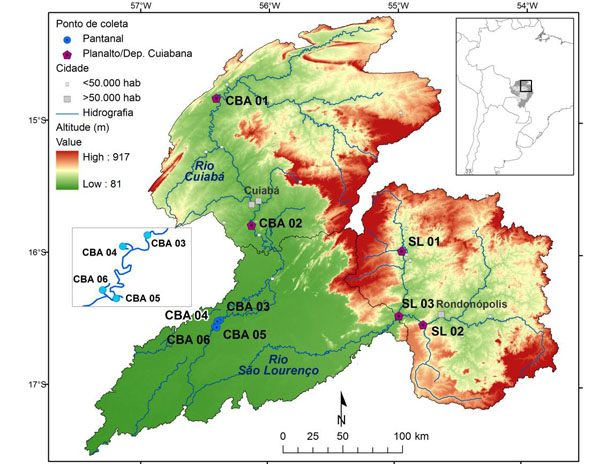Viability of using treated wastewater for the irrigation of radish (Raphanus sativus L.)
Keywords:
effluent, reuse, microbiology, agriculture
Abstract
The use of treated wastewater for irrigation may become an alternative for regions facing water scarcity. This study aimed to evaluate the effects of wastewater reuse in the cultivation of radish (Raphanus sativus L.). The experiment was conducted in the greenhouse of the Department of Agricultural Engineering (DEA), located at the Federal University of Sergipe/Campus of São Cristóvão from August to September 2011. The effluent was collected at the Sewage Treatment Plant (WWTP) Rosa Elze, located in the municipality of São Cristóvão/SE. Irrigation was performed using five different dilutions, and was accomplished using the method of the Food and Agriculture Organization (FAO) 56. The experimental design was a completely randomized design (CRD) with five replications and two plants per useful plot. The study evaluated height, fresh and dry shoot matter, length and fresh weight of root, fruit diameter and number of leaves. The data were subjected to ANOVA and means were compared by the Tukey test at 5 % probability, with no significant difference. Regarding the microbiological quality of the bulb, the results of the enumeration of coliforms, mesophilic aerobic bacteria and the detection of Salmonella demonstrate that the radish is within the standards established by legislation.
Published
21/03/2014
Issue
Section
Papers
Authors maintain the copyrights for their work. However, they grant rights of first publication to Ambiente e Agua - An Interdisciplinary Journal of Applied Science. In compensation, the journal can transfer the copyrights, allowing non-commercial use of the article including the right of sending the article to other data bases or publication media. The journal uses the CC BY 4.0 license"






